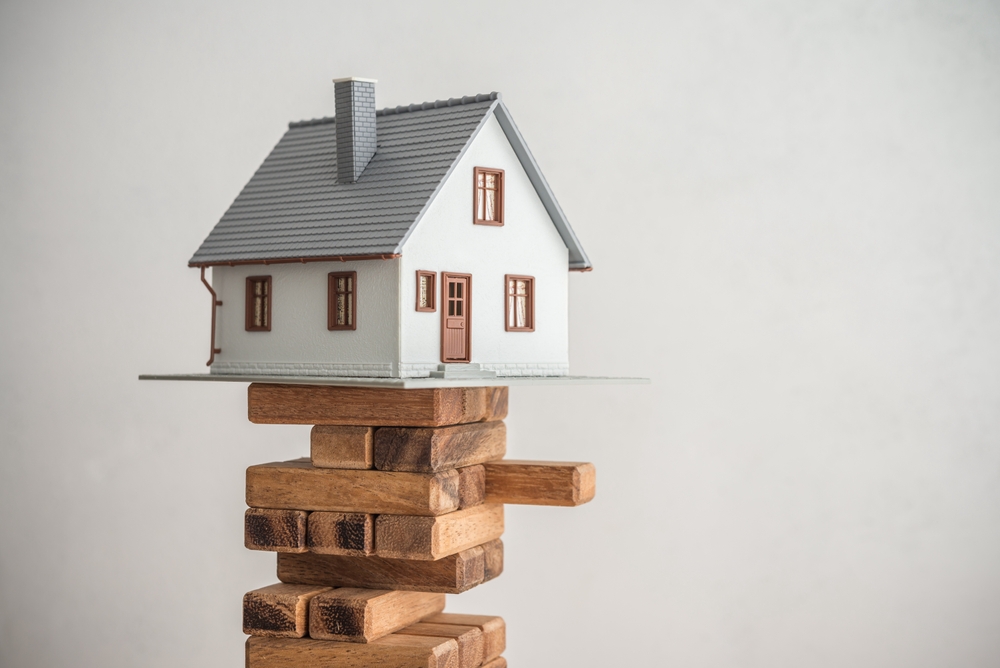Title: Retrofitting Older Homes: A Smart Move in Today's Market
In a real estate landscape where new construction often steals the spotlight, an intriguing trend is emerging: the strategic retrofitting of older homes. This approach not only breathes new life into vintage properties but also presents a unique opportunity for savvy investors and homeowners alike. As housing prices continue to climb and sustainability becomes increasingly important, the art of modernizing existing structures is gaining traction as a cost-effective and environmentally conscious alternative to new builds.

Economic Advantages of Retrofitting
When compared to new construction, retrofitting older homes can offer significant cost savings. The existing structure, foundation, and often much of the original materials can be preserved, reducing material costs and construction time. Additionally, many older homes are located in established neighborhoods with mature landscaping and proximity to urban centers, potentially offering better long-term value appreciation than newer developments in less desirable locations.
Energy Efficiency: A Key Driver
One of the most compelling reasons for retrofitting is the potential for dramatic improvements in energy efficiency. Older homes are notoriously inefficient, with drafty windows, poor insulation, and outdated HVAC systems contributing to high utility bills and a larger carbon footprint. By implementing modern insulation techniques, installing energy-efficient windows, and upgrading to smart home systems, homeowners can significantly reduce energy consumption and operating costs.
Preserving Historical Integrity
For properties with historical significance, retrofitting offers a way to maintain architectural integrity while making necessary updates. This approach is particularly valuable in areas with strict preservation guidelines. Skilled contractors can incorporate modern amenities and systems without compromising the home’s original character, often increasing the property’s value by appealing to buyers who appreciate both history and modern convenience.
Challenges and Considerations
While retrofitting offers numerous benefits, it’s not without its challenges. Unexpected issues can arise during renovation, potentially leading to cost overruns. Older homes may contain hazardous materials like asbestos or lead paint, requiring specialized removal processes. Additionally, updating electrical and plumbing systems to meet current codes can be complex and expensive. Prospective retrofitters should conduct thorough inspections and budget for contingencies to avoid surprises.
Market Impact and Future Outlook
The trend towards retrofitting is having a noticeable impact on real estate markets, particularly in urban areas with a high concentration of older housing stock. Properties that have been thoughtfully updated are commanding premium prices, often outperforming both unrenovated older homes and new construction in terms of price per square foot. This trend is likely to continue as buyers increasingly value sustainability, character, and location over the allure of brand-new construction.
Financing Options and Incentives
Recognizing the potential of retrofitting, many financial institutions are offering specialized loan products designed specifically for renovation projects. These loans often combine the purchase price and renovation costs into a single mortgage, simplifying the process for buyers. Additionally, various government incentives and tax credits are available for energy-efficient upgrades, further enhancing the financial appeal of retrofitting older properties.
The Role of Technology in Retrofitting
Advancements in technology are making it easier and more cost-effective to retrofit older homes. From non-invasive scanning techniques that can identify structural issues without damaging walls, to prefabricated components that can be easily installed in existing spaces, technology is streamlining the retrofitting process. Smart home systems can be seamlessly integrated into older structures, bringing century-old homes firmly into the 21st century without compromising their historical essence.
In conclusion, the retrofitting of older homes represents a compelling opportunity in today’s real estate market. By combining the charm and character of vintage properties with modern efficiency and functionality, this approach offers a unique value proposition for buyers, sellers, and investors. As the real estate landscape continues to evolve, those who recognize and capitalize on the potential of retrofitting may find themselves well-positioned in a market that increasingly values sustainability, uniqueness, and smart investment strategies.





